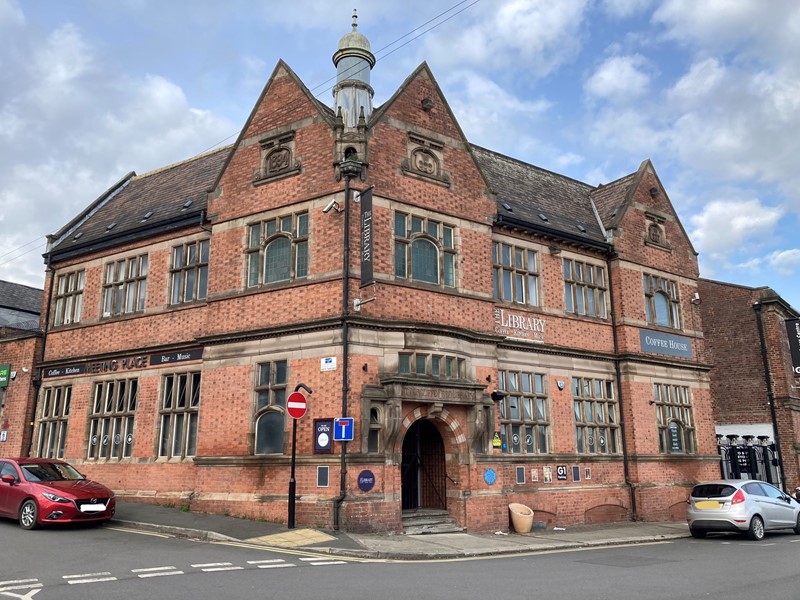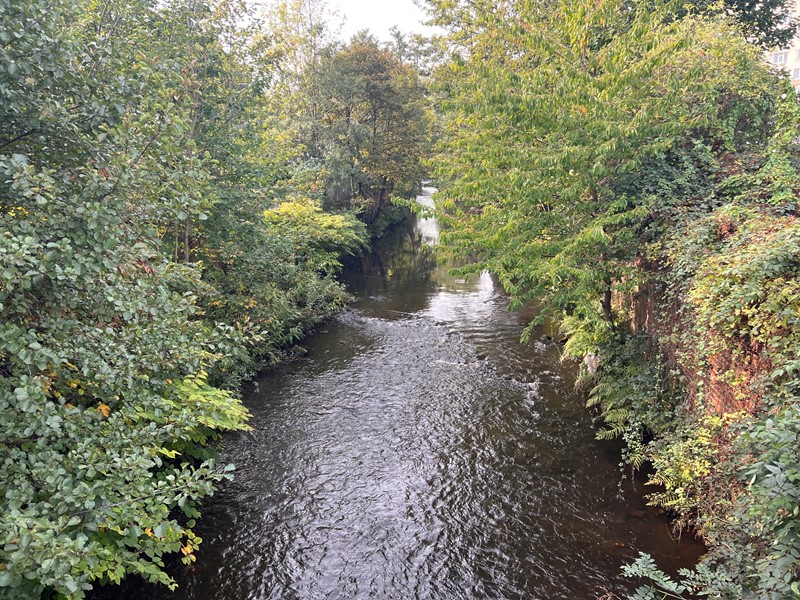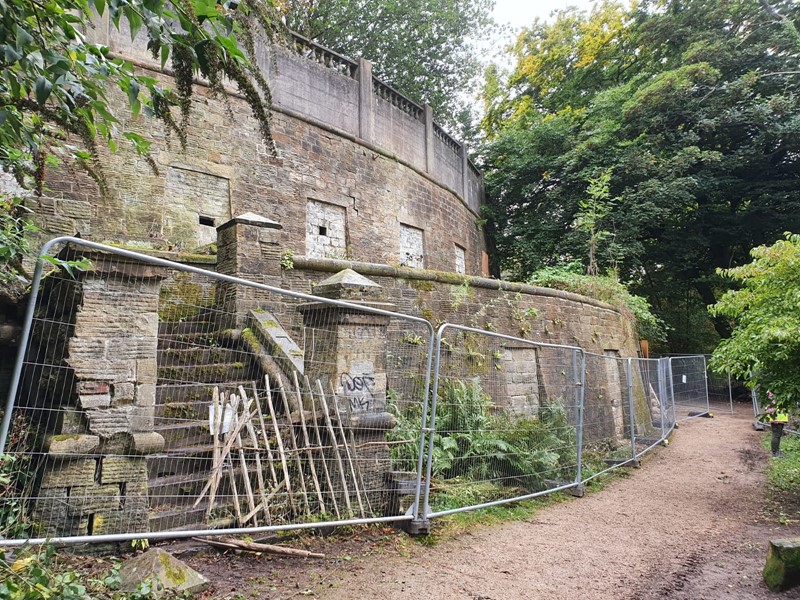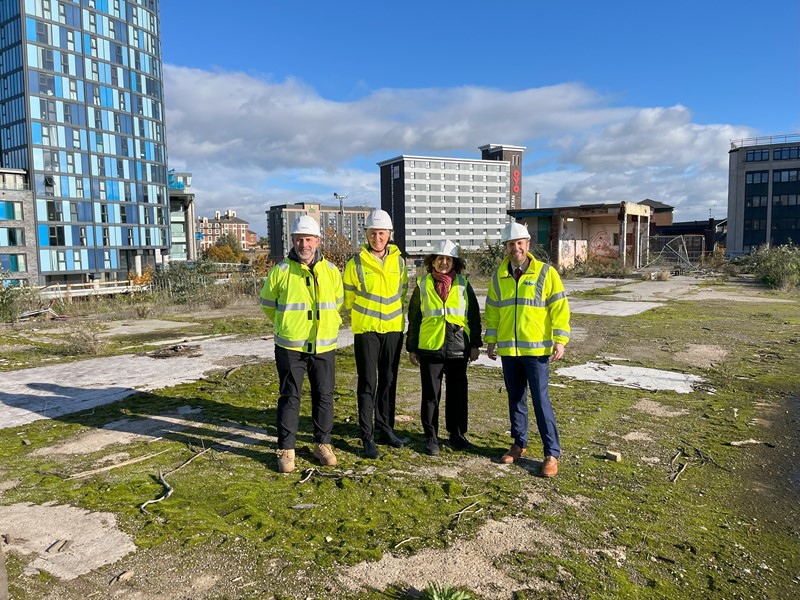The process of listing some of Sheffield, and South Yorkshire’s, heritage assets is set to continue after funding was secured to continue the project.
Sheffield Cemeteries Remember the Great Sheffield Flood
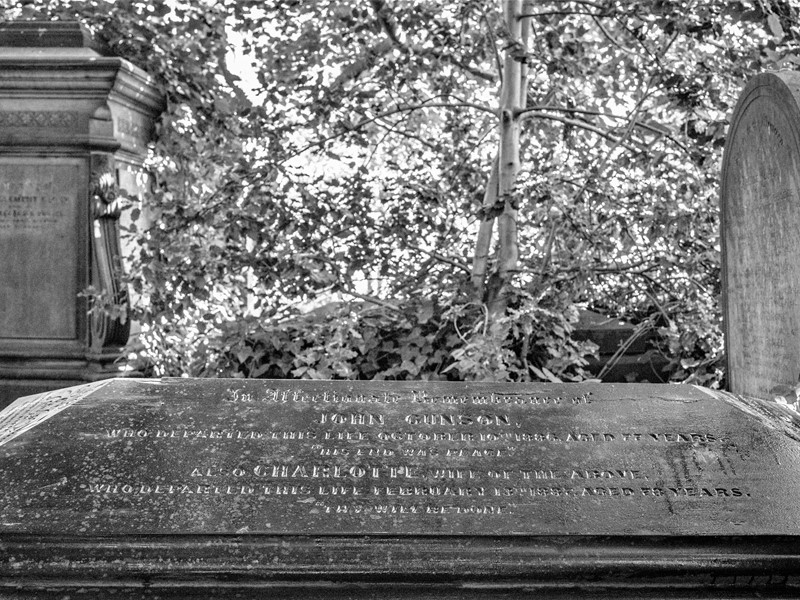
The 11th of March sees the anniversary of the Great Sheffield Flood of 1864 an event which still echoes down the years to Sheffield Families whose relatives were involved or tragically lost their lives in the disaster.
It was a city-wide episode in the history of Sheffield. The flood swept through Bradfield, the Loxley Valley, Malin Bridge, Hillsborough, the Wicker and the City Centre destroying houses, workshops and lives.
In recognition of this significant event in our past, several local churches and cemeteries including Wardsend Cemetery, Bradfield Church, Loxley Cemetery, Wadsley Church and Sheffield General Cemetery amongst others, are sharing stories about the lives of some of the victims and memorialising this tragic moment in Sheffield’s history.
The flood victims - some known, some unknown - many tragically young or entire families, lie in cemeteries across South Yorkshire, many of which have active Friends and Groups who treasure these green repositories of human experience and rich biodiversity.
In Sheffield General Cemetery you’ll find the grave of John Gunson, the engineer who built the ill-fated Dale Dyke Dam which broke and caused the flood. The General Cemetery also contains 77 flood victims, not all of whom have been named.
Councillor Mary Lea, Cabinet Member for Culture, Parks and Leisure at Sheffield City Council, said:
“The Great Sheffield Flood is one of the most significant events in our city’s history, that affected so many lives in so many ways. It’s important that we take the time to share and reflect on the experiences and stories of our citizens more than 150 years ago, and realise that although flooding still affects our communities today, we have come so far since then.
“Our cemeteries are filled with the memories of Sheffield’s history and they play a very important role in keeping that history alive today and in to future generations. I encourage people to follow the anniversary activity online for a peek in to the fascinating stories from this devastating event in our past.”
The usual floral commemoration, which takes place yearly at the Memorial in Millsands, with its comprehensive list of victims one of a growing number of acknowledgements of the 'Great Inundation'- will not be able to take place this year due to the pandemic.
However, through the stories being shared, efforts are made to make sure that Sheffielders home and abroad still remember the events of that stormy night in March 1864 and its stark aftermath.
Follow Sheffield General Cemetery and Wardsend Cemetery on social media or check out www.gencem.org for stories of the flood victims this month and find out more about the sites where they are buried and what you can find there. Loxley Cemetery has also issued an anniversary special edition of their newsletter.
You can follow Sheffield General Cemetery on Facebook, Twitter and Instagram
